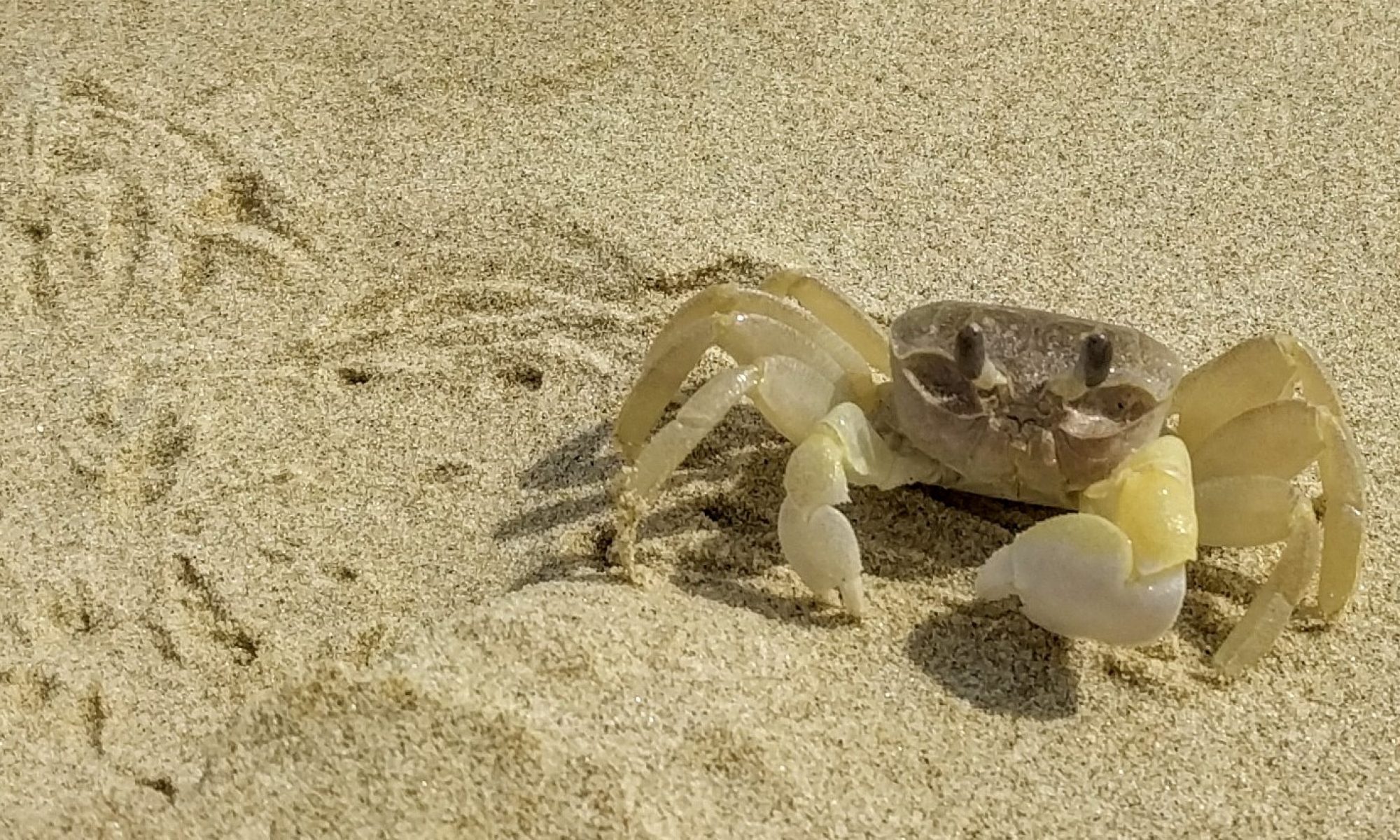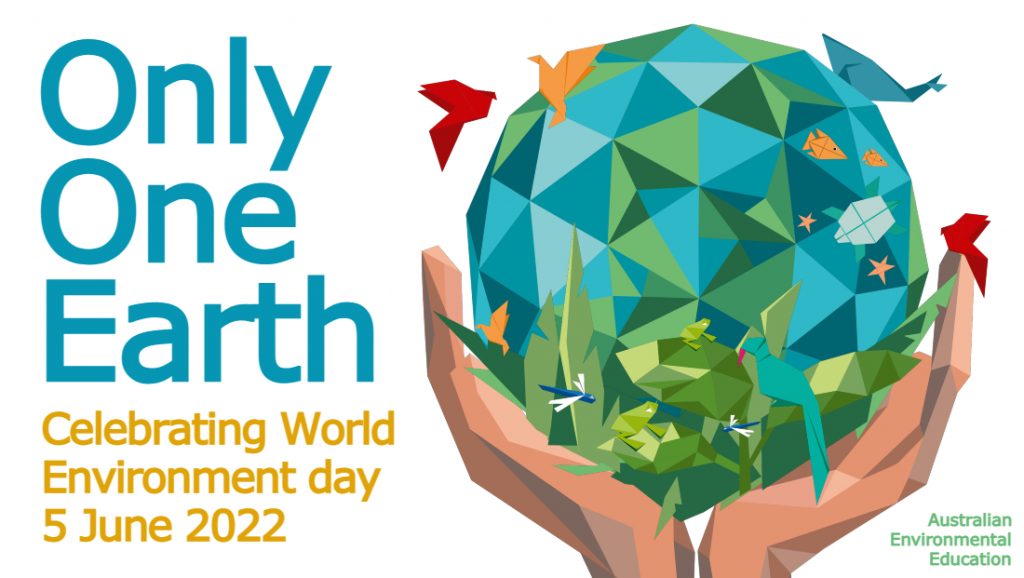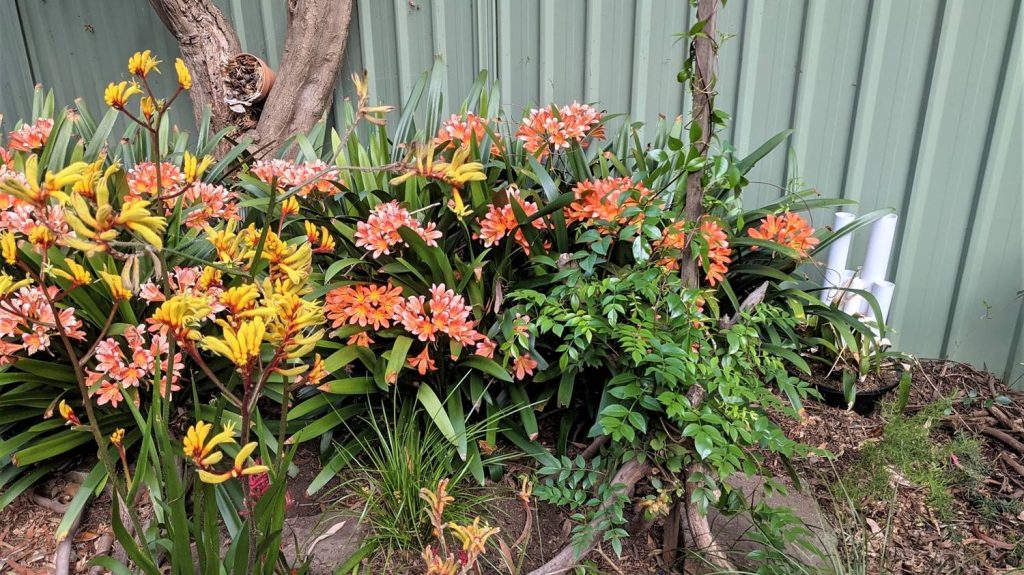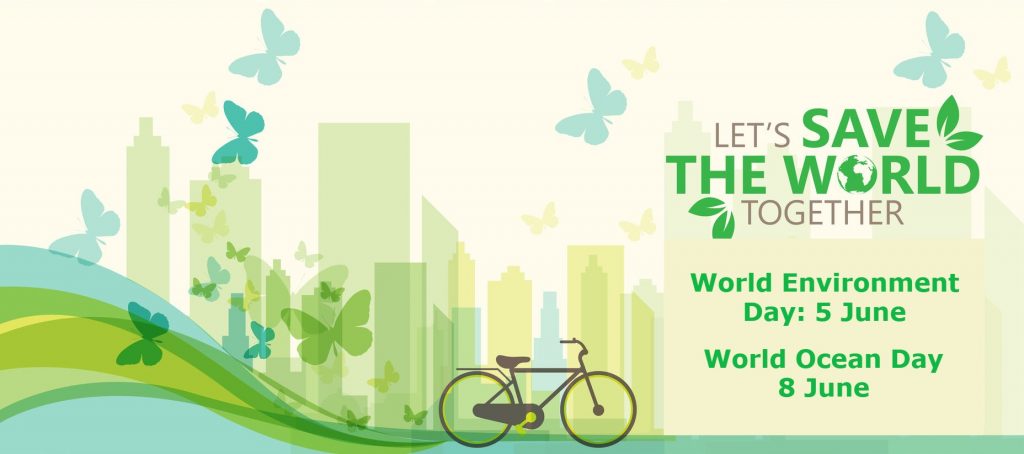More than 400 million tonnes of plastic is produced every year worldwide and less than 10 per cent is recycled. Over half of the plastics produced every year is designed to be used only once. Discarded or burnt single-use plastic harms human health and biodiversity and pollutes every ecosystem from mountain tops to the ocean floor. An estimated 19-23 million tonnes of plastic waste end up in lakes, rivers and seas annually.
Plastic pollution has emerged as one of the greatest environmental challenges facing our planet. The durability of plastic coupled with its improper disposal and inadequate recycling infrastructure has led to its accumulation in landfills, waterways, and oceans. This issue is particularly relevant for Australia, given its vast coastline and marine biodiversity, making it crucial to address the impact of plastic pollution on the nation’s fragile ecosystems.
We need to make a nationwide commitment to combat plastic pollution and implement sustainable practices. Governments, in collaboration with environmental organizations, local communities, and businesses need to work together to to find a long term solution including:
- Promoting Awareness and Education
- Expansions on Plastic-Free Initiatives
- Investing in Recycling Infrastructure
- Collaborative Partnerships.
- Supporting Research and Innovation
World Environment Day theme for 2023 is a reminder that people’s actions on plastic pollution matters. Try some of these idea to help you reduce your plastic waste.
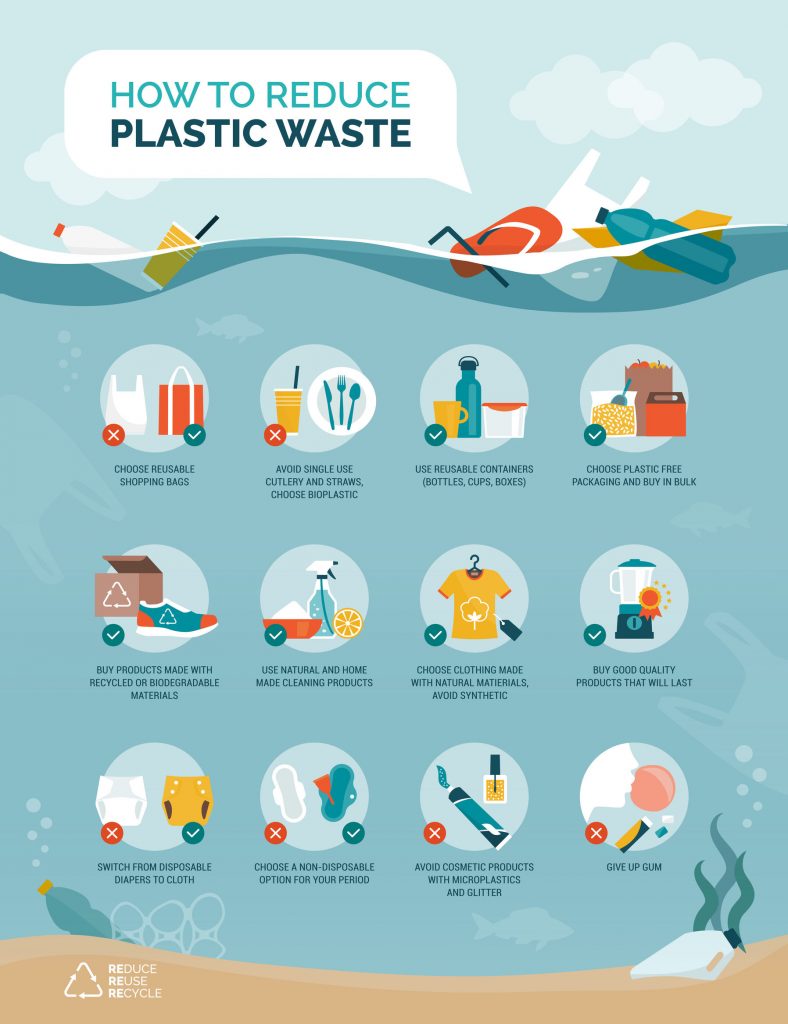
Australia stands at the forefront of the global battle against plastic pollution. The nation’s commitment to reducing plastic waste, promoting awareness, and fostering sustainable practices demonstrates its dedication to preserving our unique natural environment. From protecting biodiversity to addressing climate change, promoting sustainable practices to fostering Indigenous stewardship, We are taking significant steps towards creating an environmentally responsible nation. However, the journey towards sustainability is ongoing, and it requires continuous efforts from individuals, communities, and governments alike. Let us unite in our commitment to preserve and restore our precious ecosystems, ensuring a greener and brighter future for Australia and the world.
Together, we can make a difference. Happy World Environment Day!

